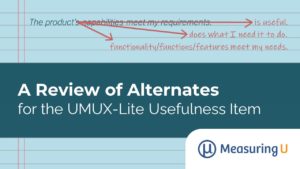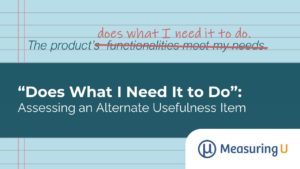
Evolution of the UX-Lite
What makes a product successful? How does a new technology get adopted? Whether business software, a mobile app, or a physical product, there are plenty of examples of products that had a lot of promise but failed, and others that many consider a success. Plenty of books expound theories on developing a successful product (e.g.,








